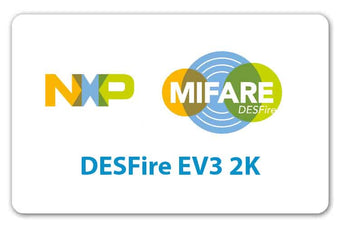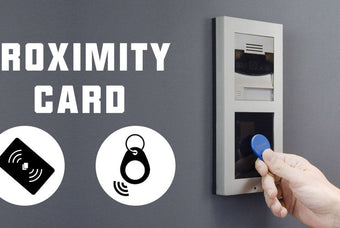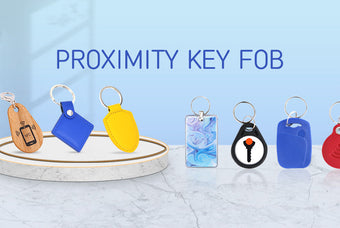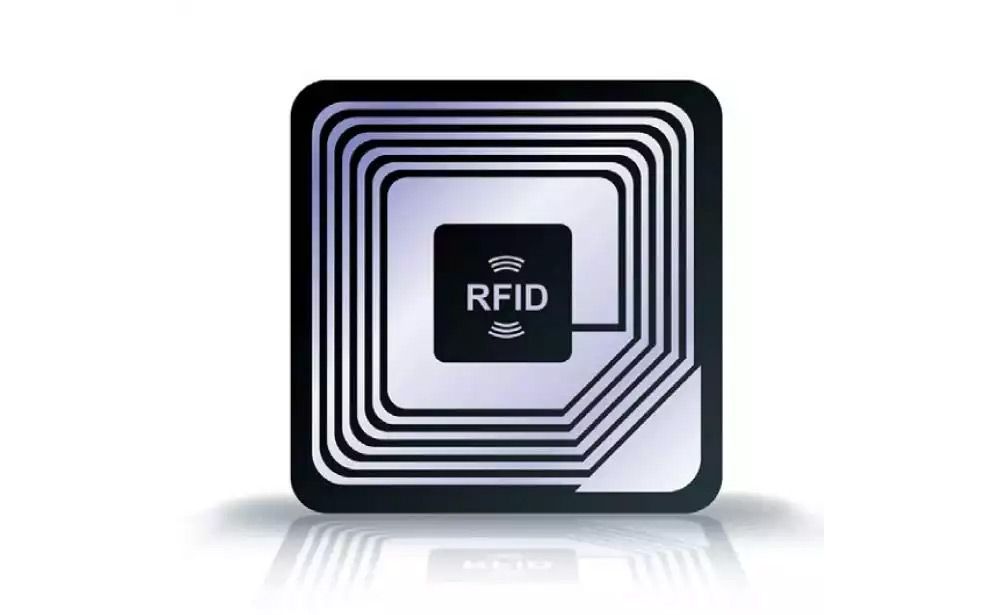In November 2020, it is found that 60% of companies plan to invest in supply chain digitalization. This includes technology such as RFID.
While we’re happy to see interest in this technology continue to increase, we also know that RFID is a new concept to many businesses. Like with any new venture, people are prone to make mistakes when they are starting out.
To prevent these common mistakes from happening, we will review several common RFID mistakes, and why they happen.
1. Choosing the Wrong Tags and Equipment
(1)THE WRONG TAGS FOR THE SURFACE AND ENVIRONMENT
Choosing the wrong tag is a common mistake that those just starting out with RFID tend to make. Not all RFID tags are the same, varying from the type of technology they use (passive vs. active), to the surfaces they are designed to perform on.
In general, standard tags do not perform well on certain surfaces, such as metal and water. Each of these surfaces requires specialty tags to function as intended.
Other times, a tag may be too small for an RFID reader to detect from a distance.
Likewise, the ideal RFID tag for your solution will likely vary by environment. There have been times where we ended up using completely different tags in two companies’ RFID systems despite having identical use cases. Environment makes a difference!
A thorough discovery process and RFID site survey prevent this common error. These give our specialists an opportunity to understand your environment. While onsite, we can test a variety of tags to find out which works best.
(2)THE WRONG EQUIPMENT FOR THE USE CASE
How you plan to use RFID matters. Simply getting all the basic components for an RFID system (you can learn about the basics in our Need-To-Know Starter Guide for RFID Systems) doesn’t mean it will work well in your use case.
For example, If you are looking at a real time location solutions (RTLS) for an indoor facility, a fixed RTLS reader such as the ATR 7000 might be the best fit. It has hundreds of narrow beams used to record your assets’ locations in real time. Whereas if you want to ensure your packages get to the right truck on the docks, you might consider installing industrial portals at each dock door. If you swapped the equipment in these two examples, you will not get optimal results.
These examples are some of many reasons why RFID consultants often do not sell equipment and tags to companies just starting out with the technology before first asking them questions about their needs and use cases. Because there are so many variables to consider and an equal amount of RFID products on the market, a specialist should ask questions to help you get it right the first time.
2. Wanting it All at Once
When considering an RFID system, some companies want to implement it throughout their entire operations, all at once. While it can be done, this is a large undertaking and investment. We would not recommend it in most cases.
Every new system comes with a learning curve and a cost before realizing your ROI. That said, we often recommend using RFID in just one area of your operations to start. Then, monitor this area’s performance over time and compare it with pre-RFID statistics.
The data helps determine if you truly need RFID across the board, or if you only need it in a few areas. This practice also saves you resources and maximizes your return on investment.
3. Forgetting about RFID Software
When an RFID reader records information from a tag, it needs a place to store that data. It needs software. There are quite a few options on the market for RFID software. AB&R offers options ideal for both mid-market companies and large enterprises.
After an in-depth discovery and a site survey, an RFID specialist can make software recommendations based on your requirements. For example, if you need constant updates on your assets’ locations, such as real-time locating systems (RTLS), that requires an enterprise-level software to keep up with all of the data it is collecting. The mid-market software, on the other hand, provides hourly updates of an item’s location.
4. Not Consulting a Professional
All the mistakes we have mentioned so far stem from not speaking with an expert trained in RFID. There are hundreds of settings and variables to consider for every location. It requires someone with intricate knowledge about the equipment to install and configure.
The wrong equipment and tags can cost you a lot of money, time, and effort. During a time where demand and labor shortages are splitting your time and efforts already, you need an RFID specialist to help you.
RFID specialists are trained to look for and prevent mistakes from happening. Before visiting your site, they will take you through a series of detailed questions to understand your environment and budget. Speaking with the specialist also allows you to ask questions about RFID and evaluate whether it meets your expectations.
5. Assuming it Will not Work Now Because it Didn’t in the Past
Occasionally, companies have tried an RFID solution and – with considerable time, money and effort already invested – discovered that RFID would not work for them. Other times, they may have consulted with another installation company that did not have as much experience with RFID and couldn’t carry out the solution.
After an understandably frustrating experience like that, it might be tempting to close the door on RFID forever.
However, RFID technology evolves and improves every year. So, if you found RFID would not have worked for you a few years ago, even if you had a technician walk your site and perform some tests, it does not necessarily mean it will not work now with improved technology and the right solution team.
We recommend speaking with an RFID specialist about your past experience. Explain your work’s environment, noting any metal or temperature requirements. Additionally, if you have the notes from your previous site survey, pass those on to inform these specialists of what you have tried already. We have been able to find solutions and get RFID to work where others couldn’t.









